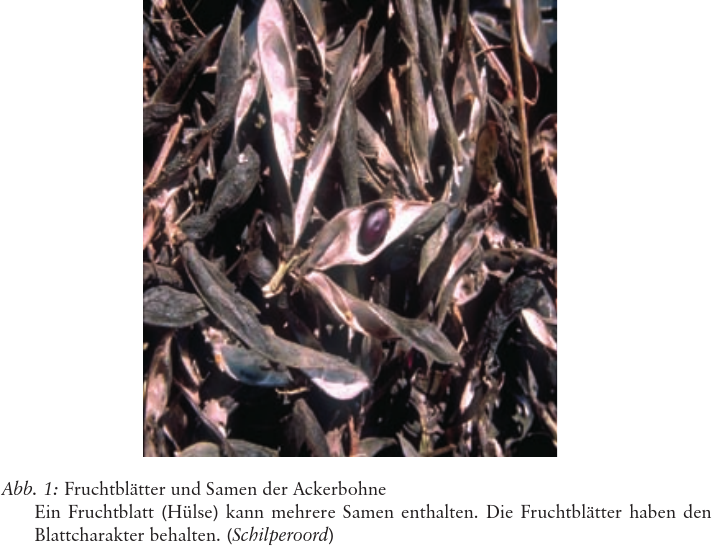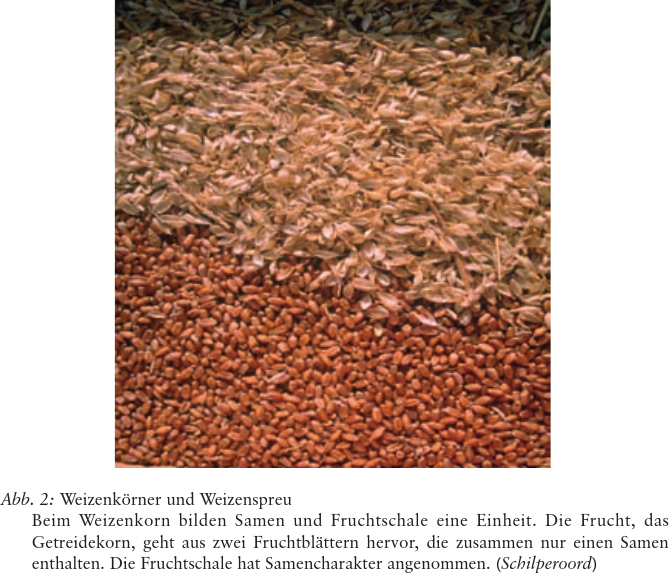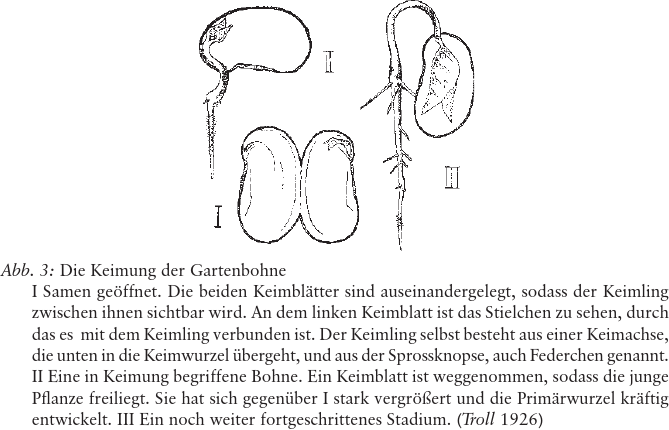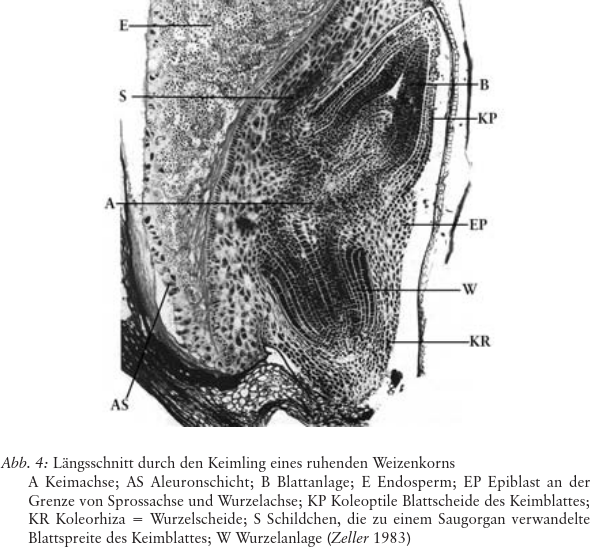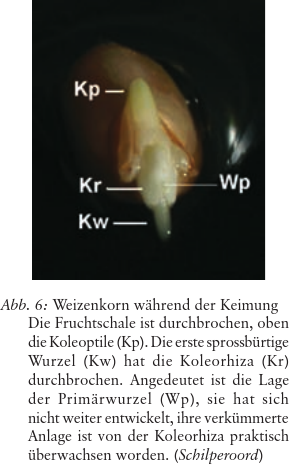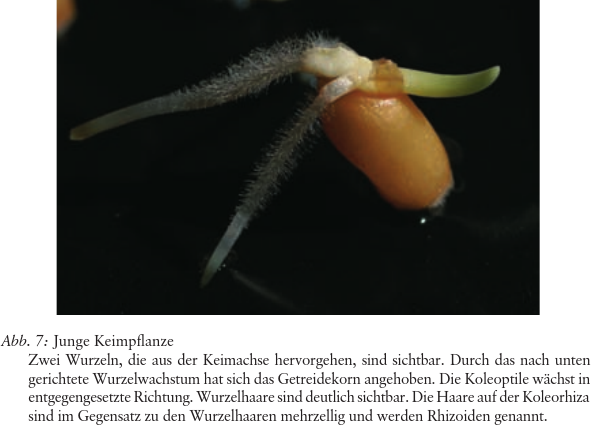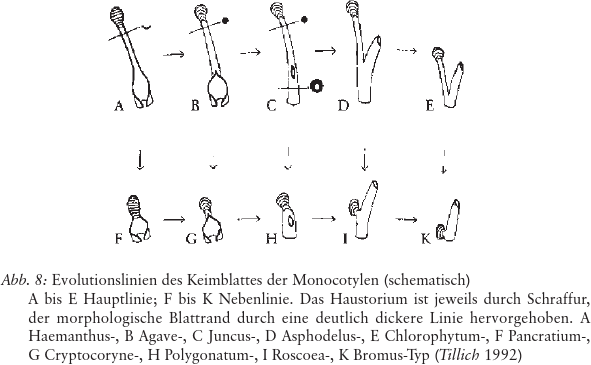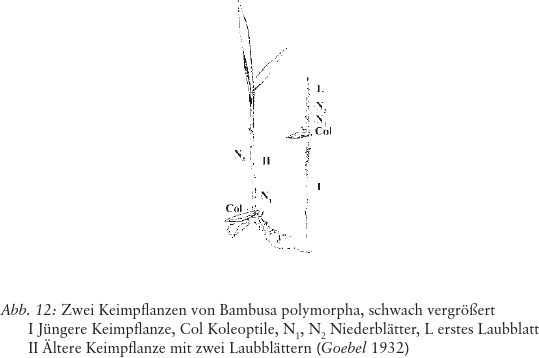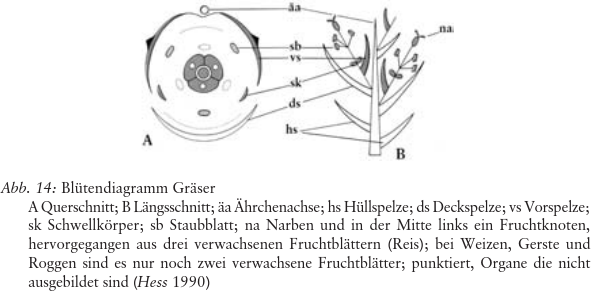Eine morphologische Charakterisierung des Weizens (Triticum aestivum L.)
Export Article Citation as
- Plain text
- BibTeX
- RIS format
- Download price : € 6.00
Abstract:
Grasses can be characterised in many ways, though not without contradictions. There are also many morphological interpretations of the seedlings and the leaves of grasses. Hans-Jürgen Tillich’s work makes possible a reliable interpretation of seedlings. It enables an overview to be gained of the entire leaf metamorphosis from cotyledon to carpel.
In its form, wheat differs greatly from that of a simple dicotyledonous plant. The development of the primary root is strongly retarded; the root region is taken up into the shoot region; the remaining cotyledon has lost its capacity for assimilation and behaves in the same way as a root. The leaf-sheathes of the stem leaves take on the functions of the axis of the shoot. The leaf blades become bract-like and the bracts extend into the region of the sepals. The wheat plant carries the root element upwards and the flower element downwards. This is expressed in its special form of leaf metamorphosis. Most striking is the stem character of the stem leaves. The reproductive force is taken back in the generative region. This increases the quantity of food substances.
